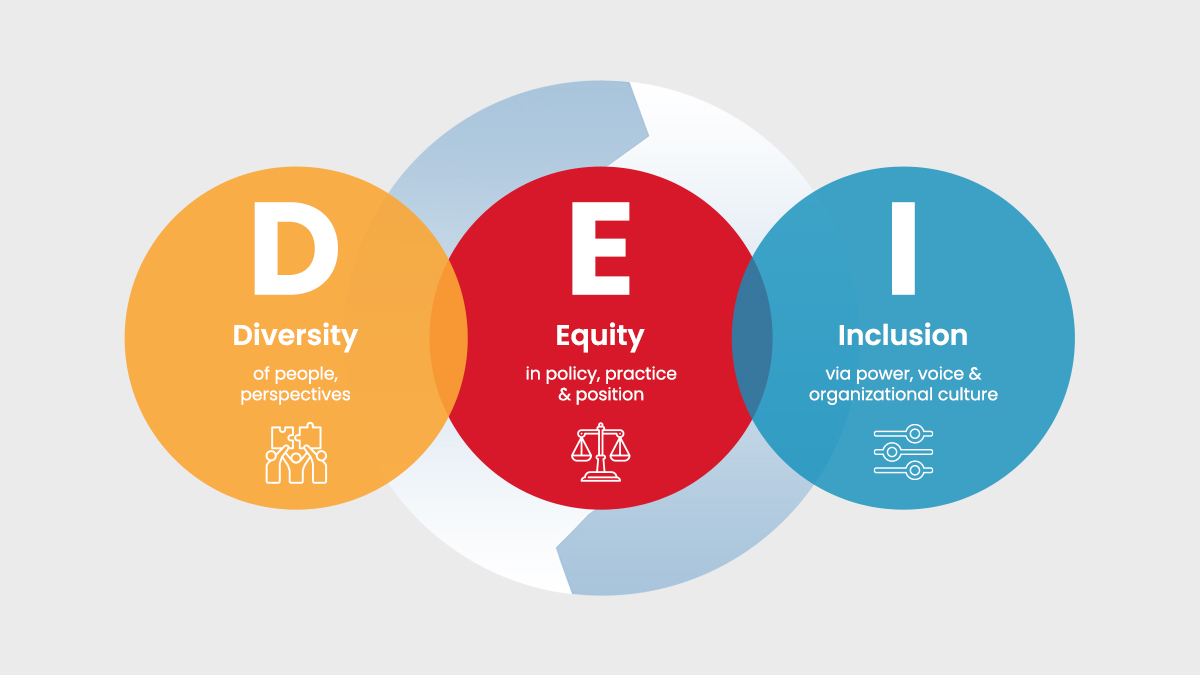When the pandemic touched its peak around a year and a half back, we realized we had to shift gears in working. Whether you liked it or loathed it, Work from Home (WFH) turned the new normal. And it was bizarre for me. A technopreneur for over two decades, I always believed an office space was just the right ambience to get the best out of my teams. I started CSM Technologies back in 1998 and couldn’t imagine any mode to operate save ‘Work from Office’. But as the pandemic began weaning off a bit and blended work gained currency, I adapted to the new work paradigm.
Today, blended or hybrid work models are becoming par for the course. And fitting into these work models is co-working spaces. Offering incomparable flexibility and convenience, co-working is already billed as the ‘future of work’.
And I subscribe to the view. I hadn’t realized what an accelerator co-working space could be until I booked space for 15 people in Bengaluru. What an exciting way for my company to set foot in India’s Silicon Valley! A co-working model makes it happen. Any entrepreneur reading this blog would agree how challenging it is for expanding their footprint. I have lived through this arduous journey of expansion. Your business leaps ahead, and you need commensurate human resources to meet the mandate. And to accommodate more people, you obviously need more space. Whether you buy and build your own space or avail it on a lease, the hassles punctuate your growth.
Co-working spaces are billed as the future of work. As a seasoned entrepreneur, I realize co-working gives a flex option to my resources and eases our organic growth. @WeWork @weworkremotely @CBRE_India #coworking #flexibleworking #WFH #futureofworkhttps://t.co/Hu65Zr9rah
— Priyadarshi Nanu Pany (@NanuPany) November 24, 2021
Negotiating office space rentals and scouting for a convenient location can consume time. This is why the demand for traditional office spaces is at a lower ebb, and the co-working ecosystem is blooming. More organizations are tapping into the hub and spoke model. In this arrangement, companies have one centralized headquarter and co-working spaces instead of the legacy set up of branch offices to fuel growth. This arrangement works just fine for seasoned entrepreneurs of my tribe. With co-working space as the Flexi option, I can penetrate any geography within India and abroad too, and with ease. Numbers tell you how this new growth story is unfolding. India, the third-largest startup hub and the second-largest workforce of freelancers, has immense potential for the co-working ecosystem. By September 2021, India’s flex stock had reached 39 million square feet. Property advisory firm CBRE South Asia believes that the ‘future is flex’. It forecasts India’s flexible office spaces to rise by 10-15 per cent year-on-year over the next three years.
Co-working spaces have emerged as a foil to WFH, where workers face constraints to learn and network with teams and clients. The more flexible it gets, the more sustainable co-working will be for businesses in the future.
I’m all for this concept of shared spaces. Looking through the prism of possibilities, I can see the co-working space getting more disruptive, where collaborating and blue sky thinking nestle.


























































We will verify and publish your comment soon.